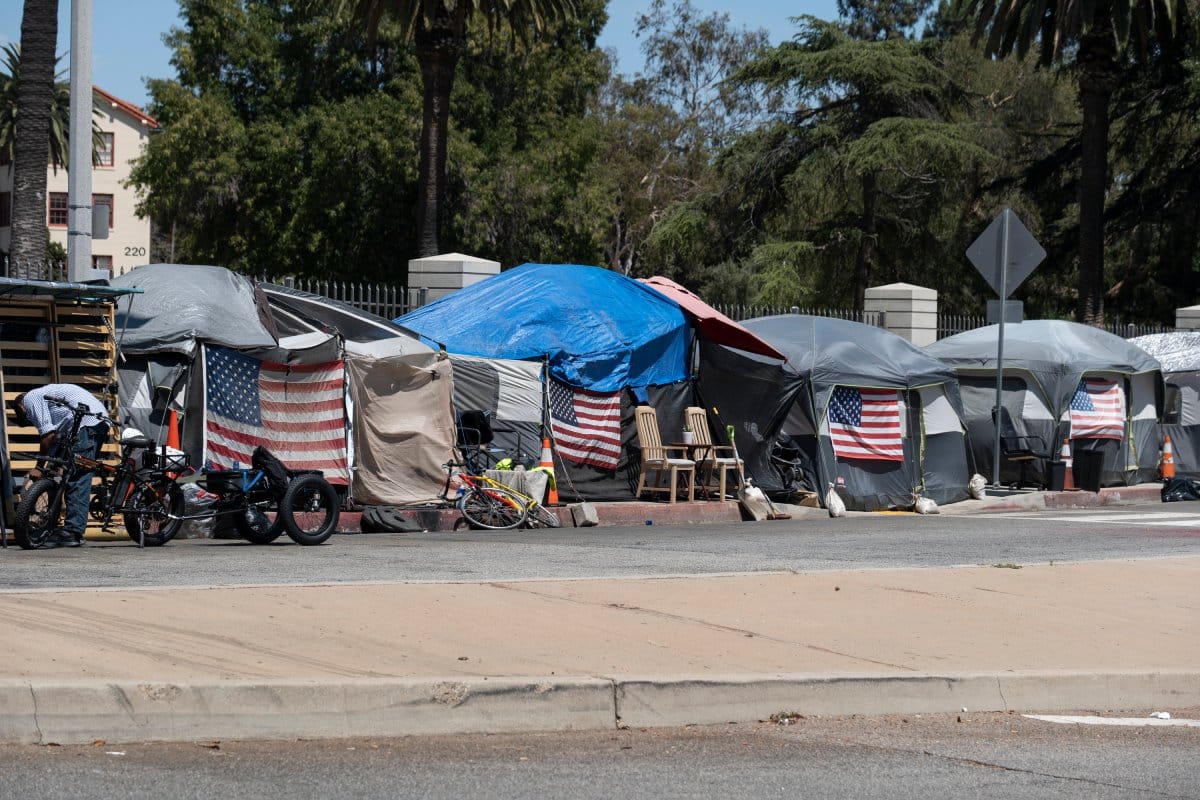In the landscape of the United States, economic inequalities persist, with certain states facing more profound challenges than others. This examination delves into the economic hardships experienced by the top 14 poorest states in the nation, shedding light on the factors contributing to their struggles.
#1. Mississippi
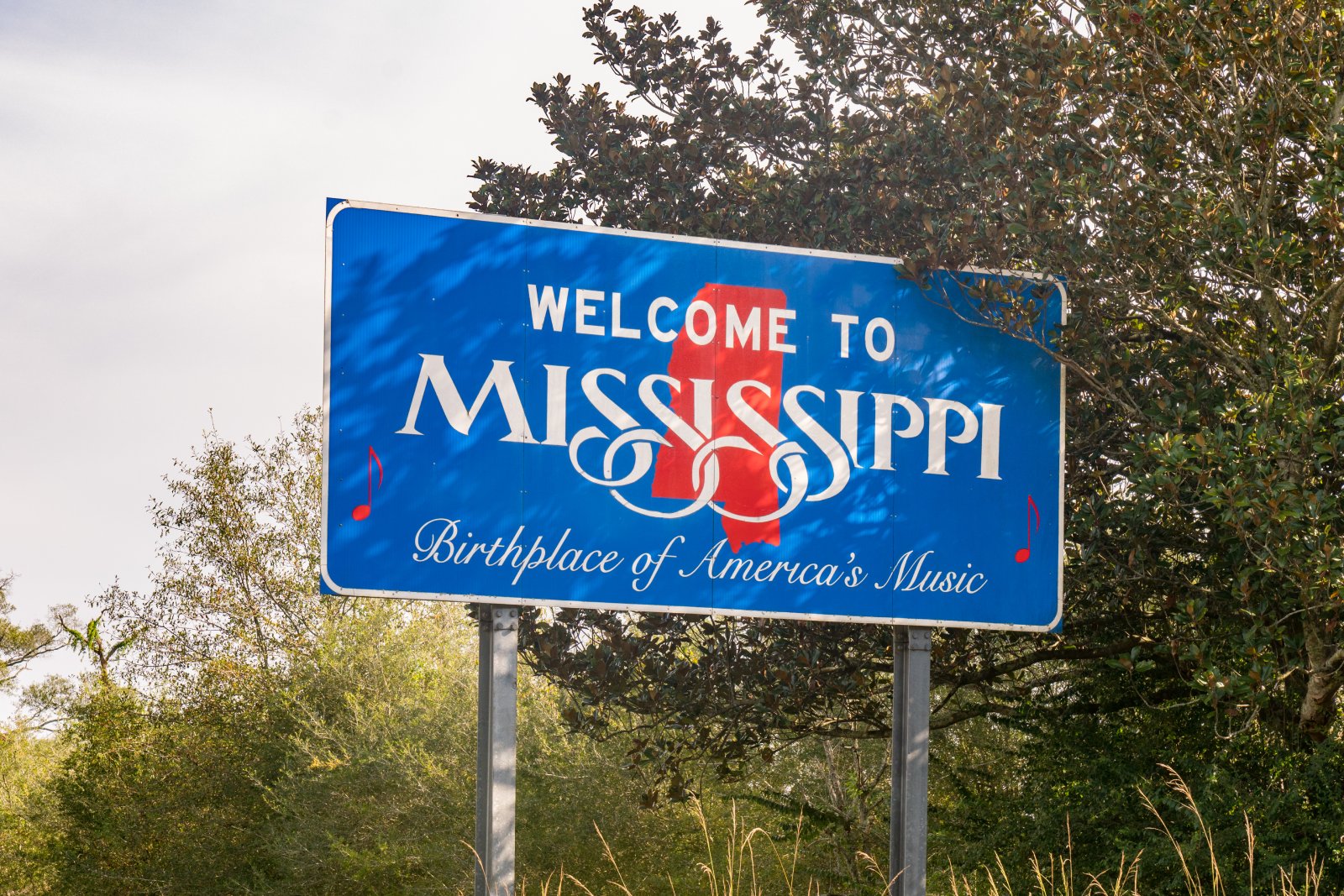
Mississippi stands out among the poorest states, with a median household income below the national average of around $45,792, significantly lower than the national median of $65,712.
Moreover, approximately 19.6% of its population lives below the poverty line, a stark contrast to the national average of 10.5%.
The state’s economic woes stem from a combination of factors, including limited job opportunities, educational disparities, and inadequate healthcare access.
#2. West Virginia
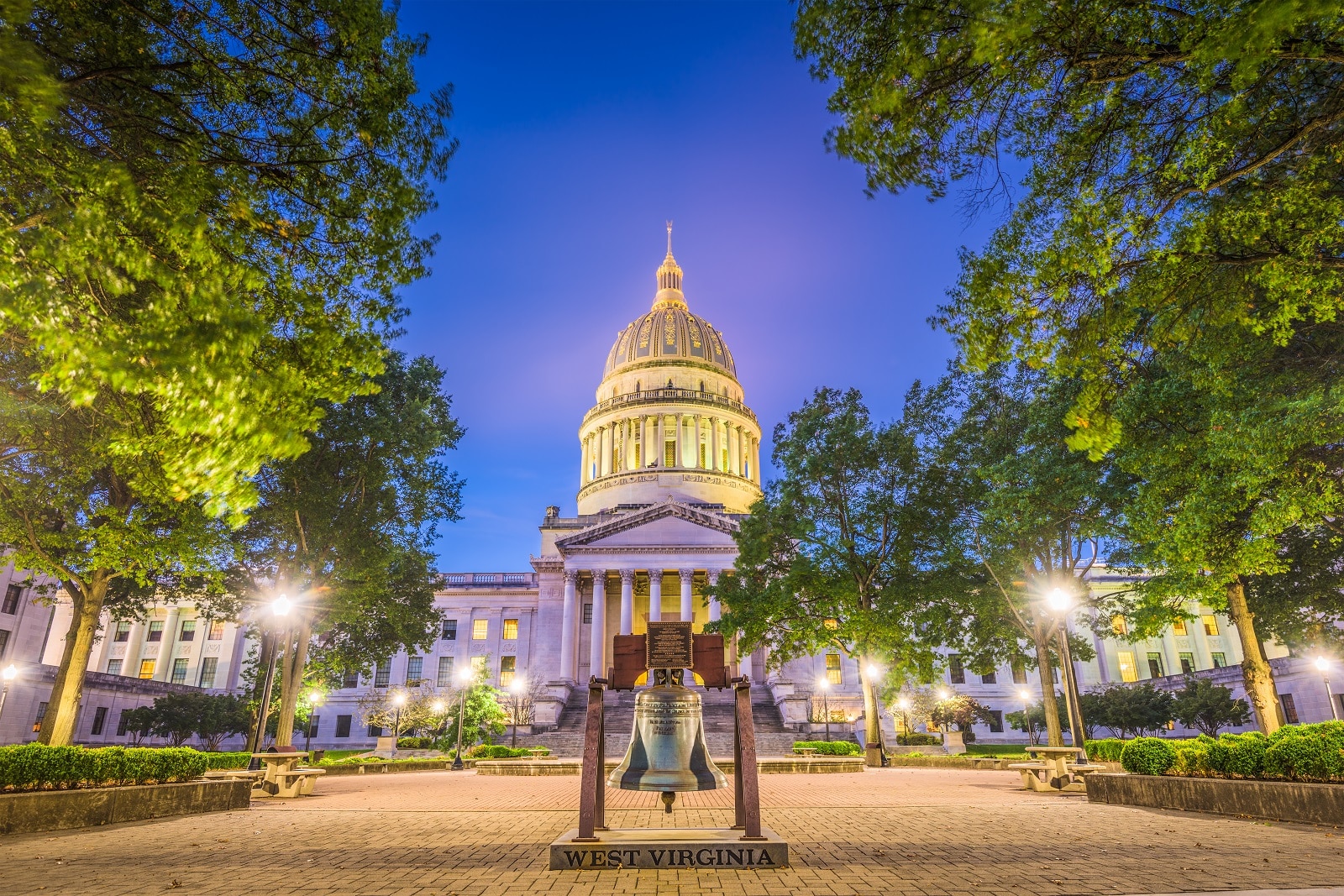
West Virginia faces economic challenges exacerbated by the decline of its coal mining industry, historically a cornerstone of its economy.
With a median household income of approximately $48,850, well below the national average, and a poverty rate of around 17.7%, the state grapples with unemployment and a shrinking labor force.
Efforts to diversify its economy and attract new industries are underway, but the road to economic recovery remains arduous.
#3. Louisiana
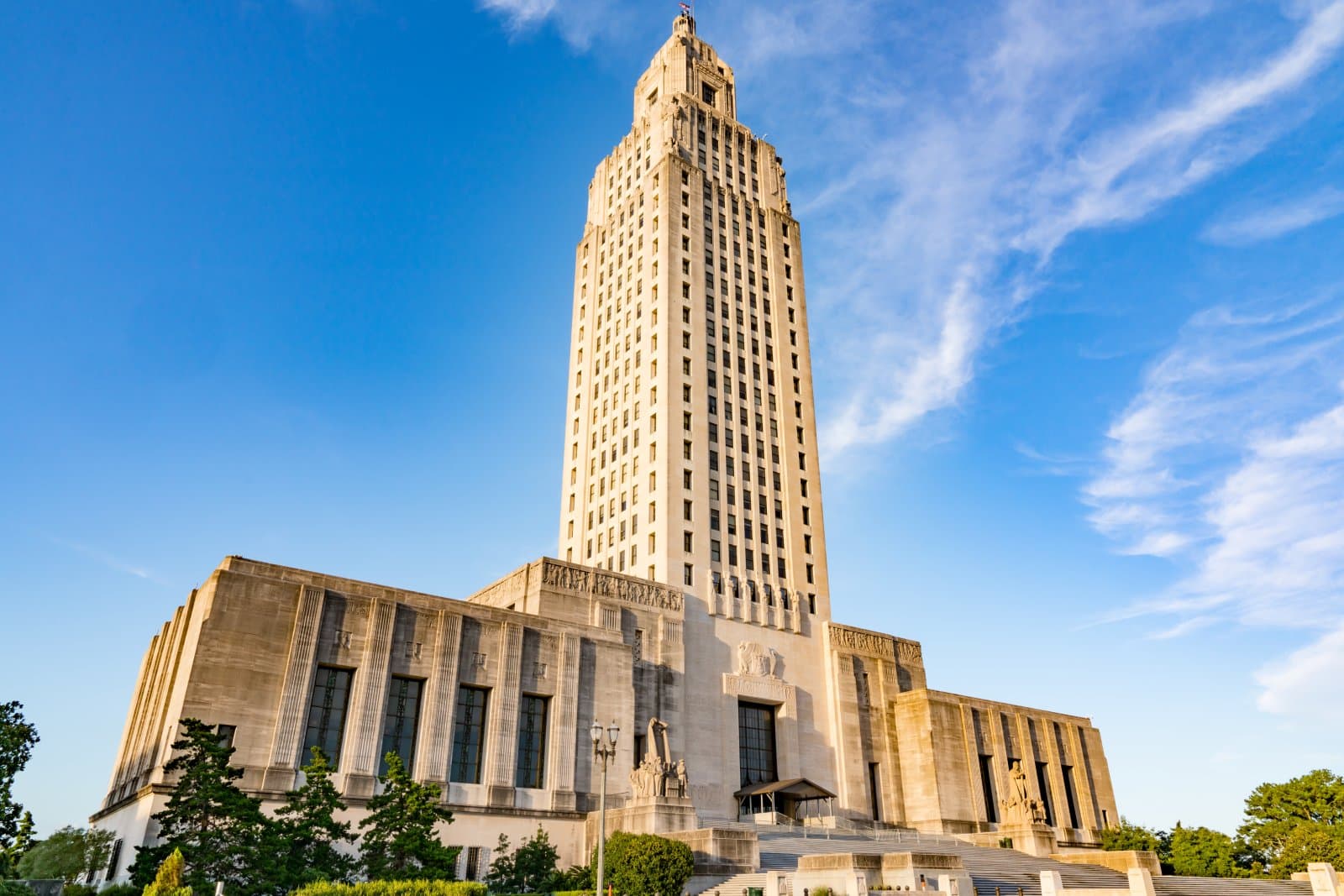
Louisiana’s economic struggles are intertwined with its reliance on the oil and gas industry, susceptible to market fluctuations.
The state’s median household income is around $51,073, while its poverty rate is approximately 18.6%.
Challenges such as inadequate infrastructure, disparities in education and healthcare, and high crime rates compound its economic woes, necessitating comprehensive strategies for revitalization.
#4. Arkansas

Arkansas contends with economic hurdles stemming from low wages, limited job growth, and disparities in educational attainment.
With a median household income of about $50,602 and a poverty rate of around 17.2%, the state faces challenges in fostering economic mobility and prosperity for its residents.
Efforts to address income inequality and invest in infrastructure and education are critical for charting a path toward sustainable economic growth.
#5. New Mexico

New Mexico grapples with economic challenges rooted in its dependence on federal spending, particularly in defense and energy.
With a median household income of approximately $50,460 and a poverty rate of around 19.5%, the state struggles to create robust job opportunities and address socioeconomic disparities.
Diversifying the economy and fostering innovation are essential for mitigating its economic vulnerabilities and promoting long-term prosperity.
#6. Kentucky
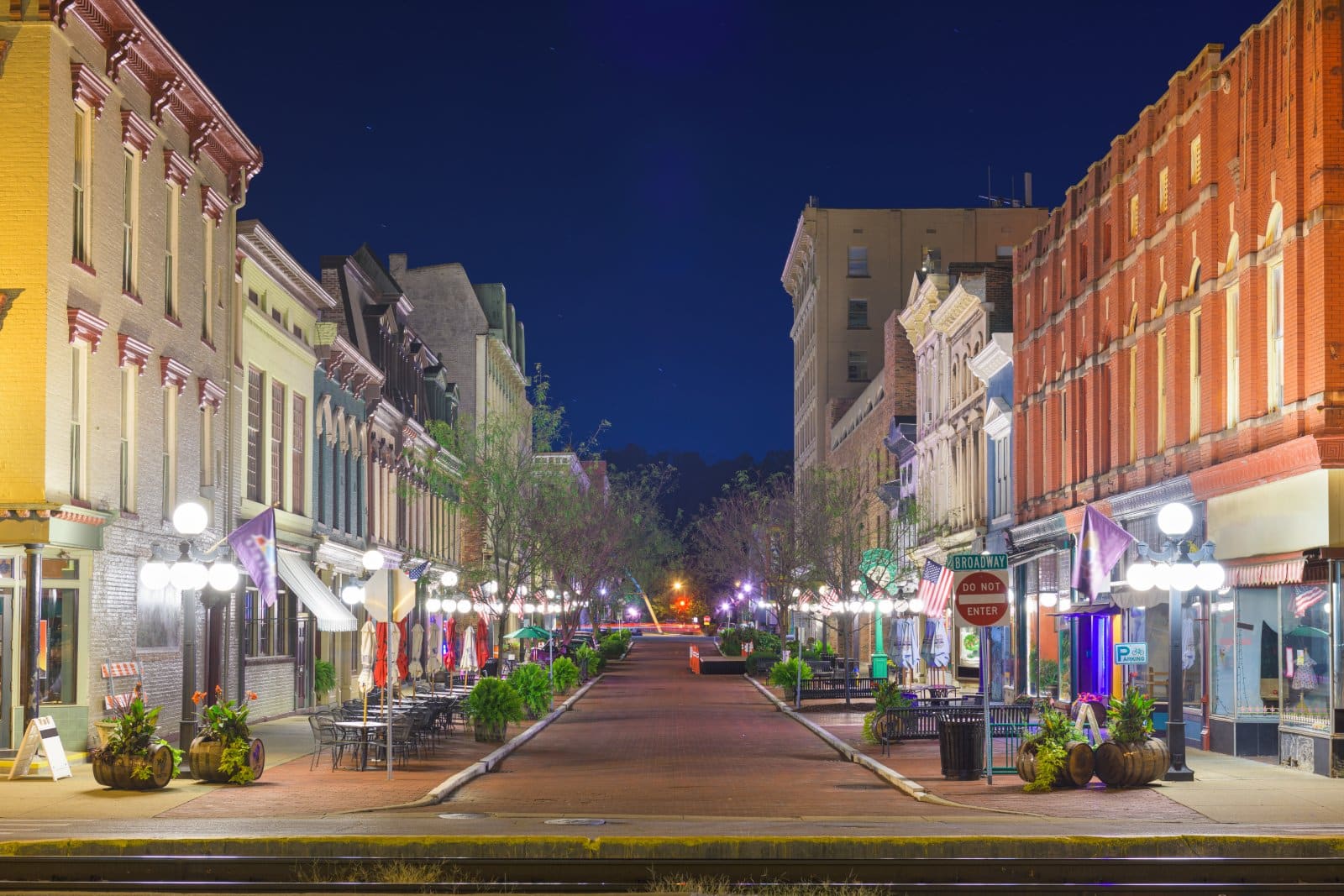
Kentucky faces economic hurdles driven by factors such as declining coal production, limited educational attainment, and healthcare disparities.
With a median household income of around $52,295 and a poverty rate of approximately 16.3%, the state confronts challenges in creating sustainable economic growth and improving living standards for its residents.
Investing in workforce development and attracting new industries are crucial steps toward economic revitalization.
#7. Alabama
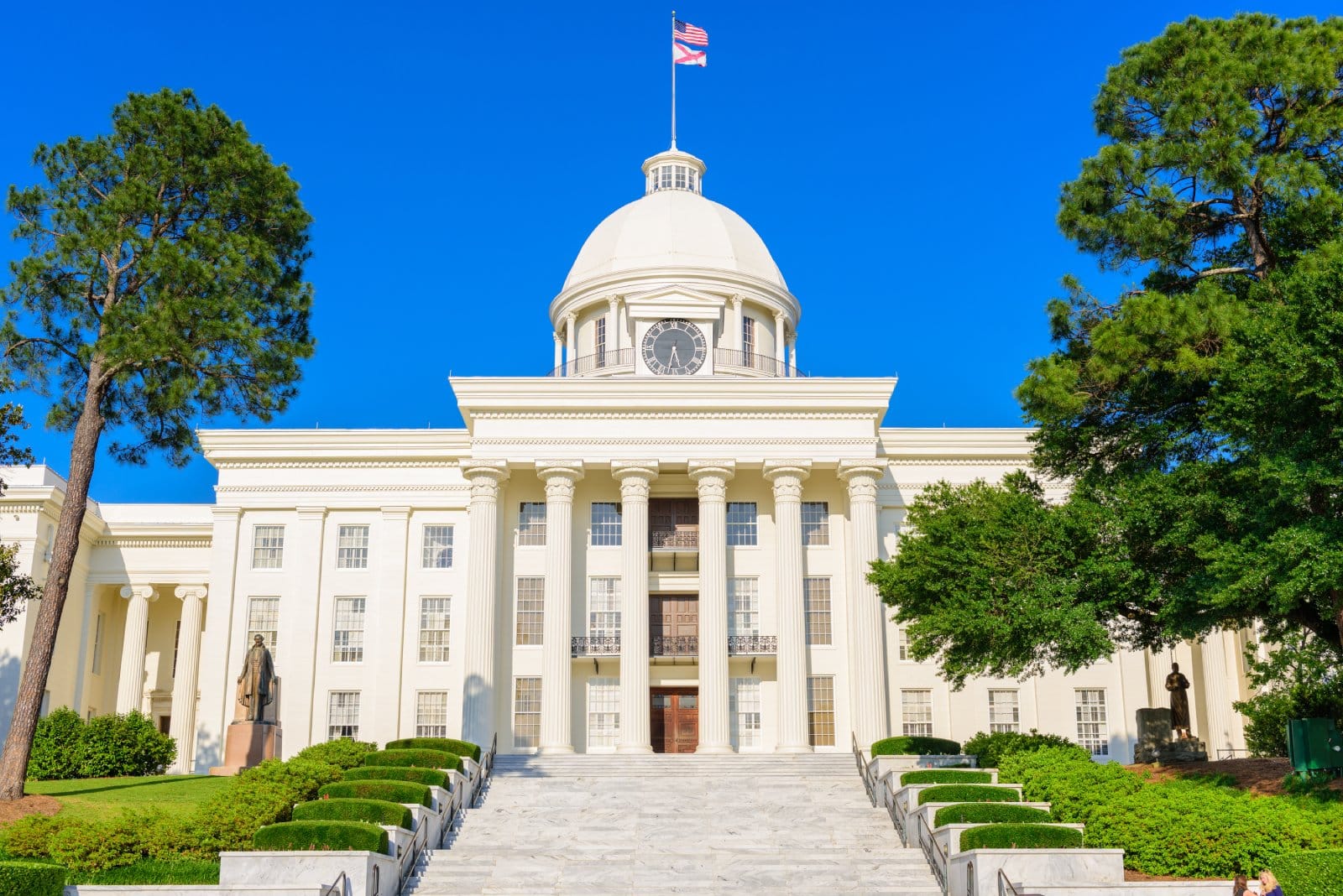
Alabama’s economic landscape is marked by challenges such as low wages, inadequate infrastructure, and educational disparities.
With a median household income of about $51,734 and a poverty rate of around 16.0%, the state grapples with persistent socioeconomic inequalities.
Efforts to bolster job creation, enhance educational opportunities, and address systemic barriers are imperative for fostering economic progress and resilience.
#8. South Carolina
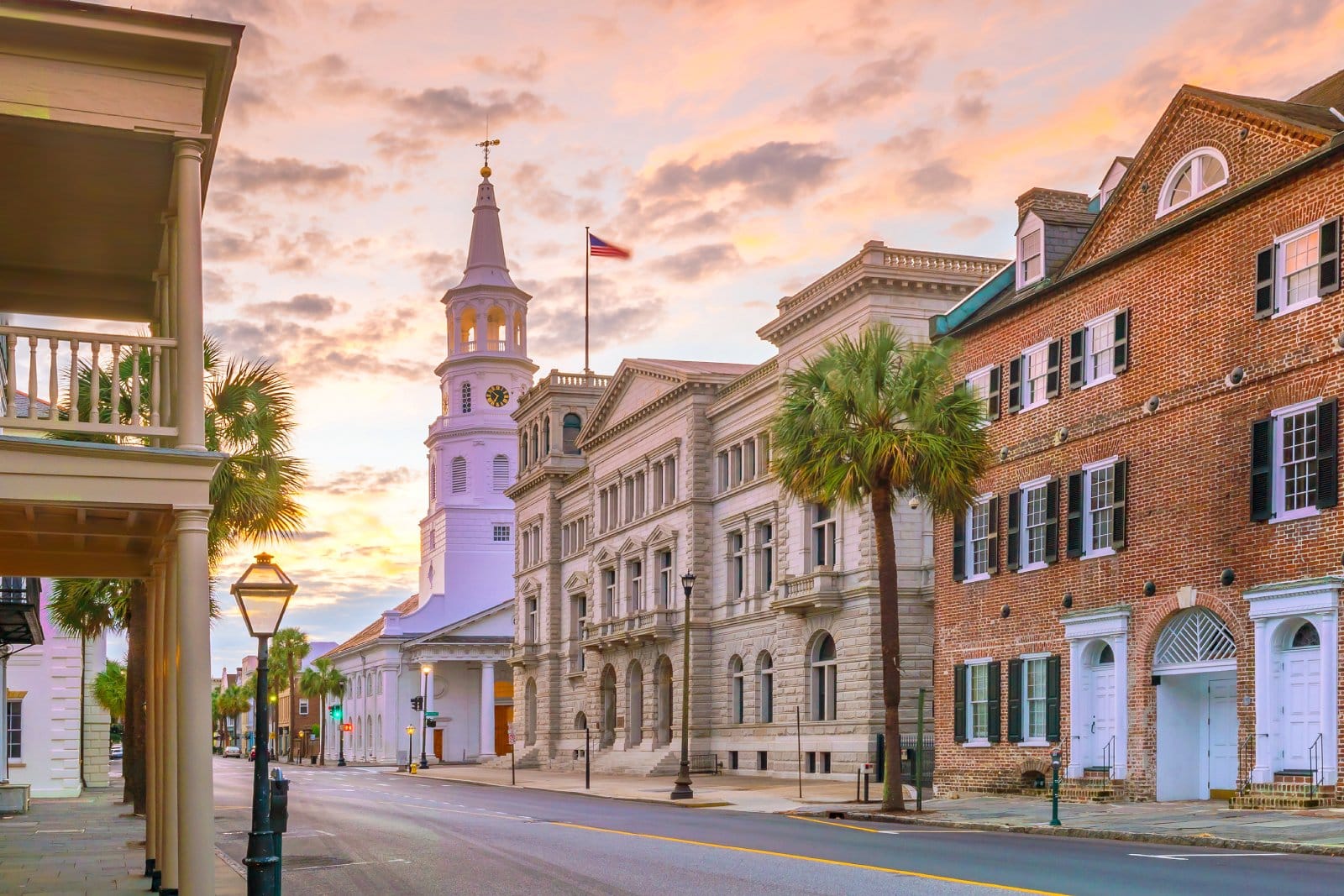
South Carolina faces economic obstacles stemming from factors such as limited job opportunities, income inequality, and healthcare disparities.
With a median household income of approximately $56,227 and a poverty rate of around 13.7%, the state confronts challenges in promoting widespread prosperity and upward mobility.
Addressing structural inequities and investing in workforce development is essential for fostering inclusive economic growth.
#9. Oklahoma
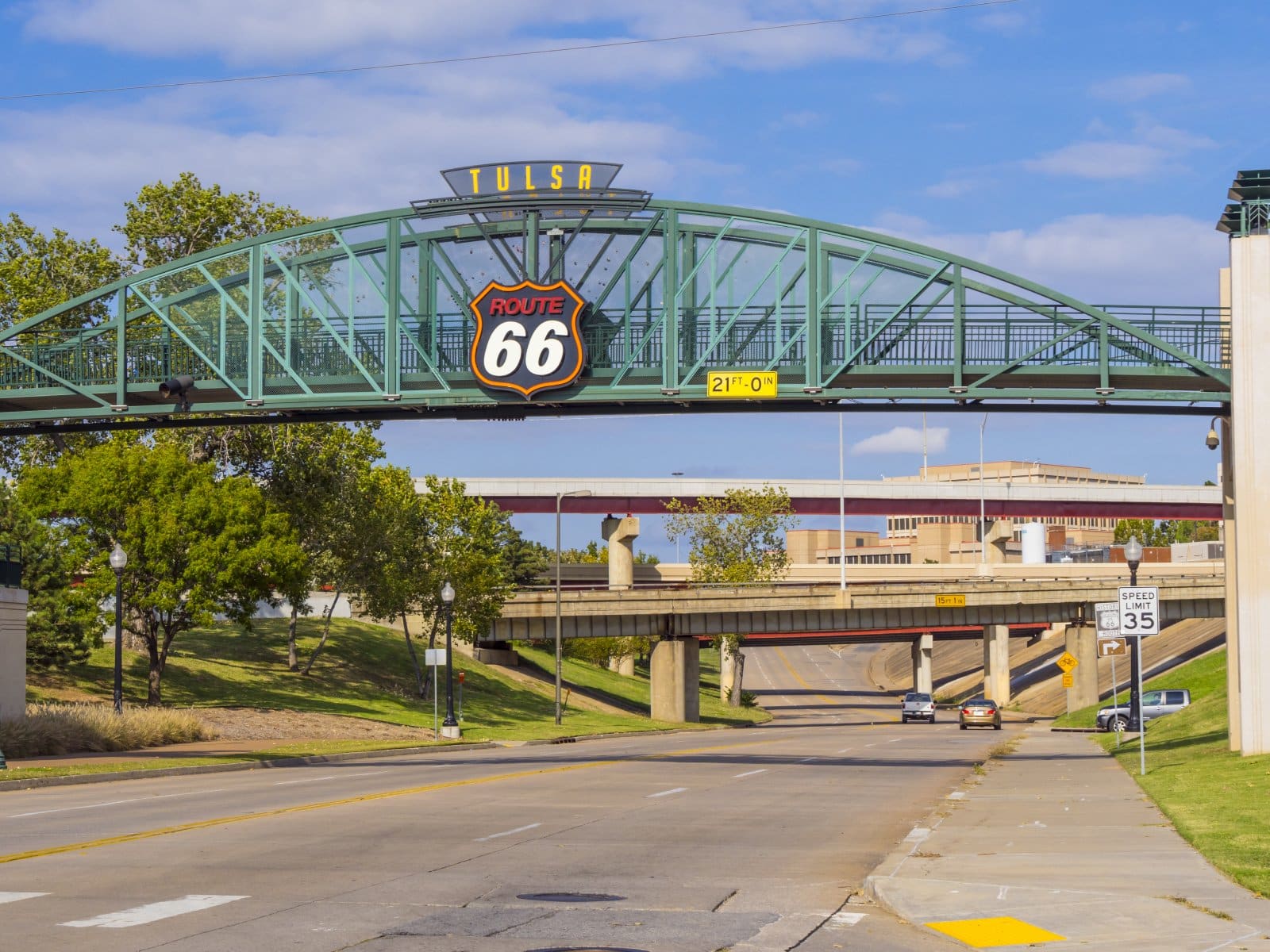
Oklahoma grapples with economic challenges rooted in factors such as reliance on the oil and gas industry, educational disparities, and healthcare access issues.
With a median household income of about $54,449 and a poverty rate of approximately 15.8%, the state faces hurdles in creating diverse job opportunities and improving living standards for its residents.
Diversifying the economy and investing in education and infrastructure are critical for fostering long-term economic resilience.
#10. Tennessee
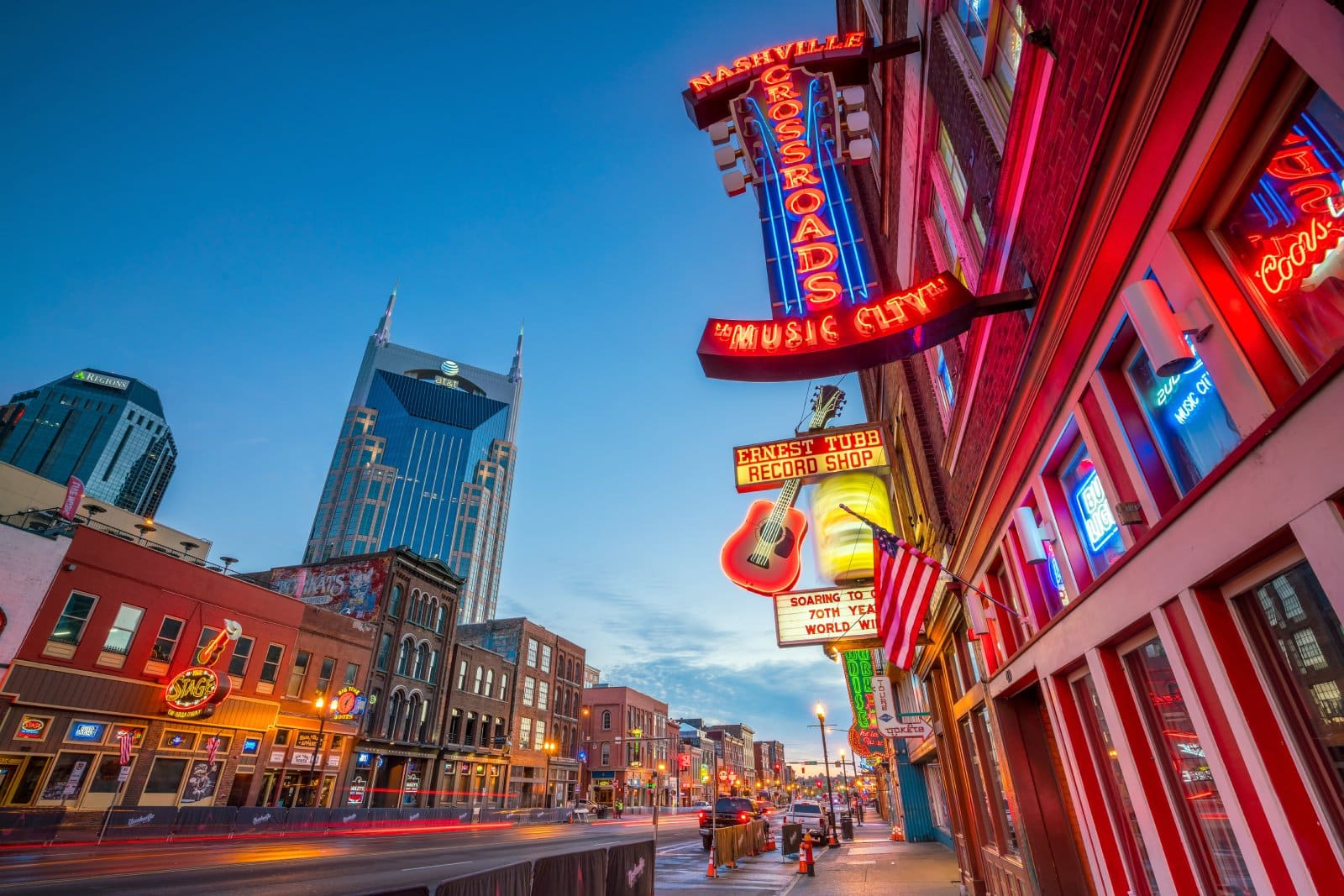
Tennessee contends with economic hurdles such as income inequality, limited access to healthcare, and educational disparities.
With a median household income of around $56,071 and a poverty rate of approximately 14.8%, the state confronts challenges in promoting equitable economic growth and improving the quality of life for its residents.
Investing in education, healthcare, and infrastructure is vital for fostering sustainable economic development.
#11. North Carolina
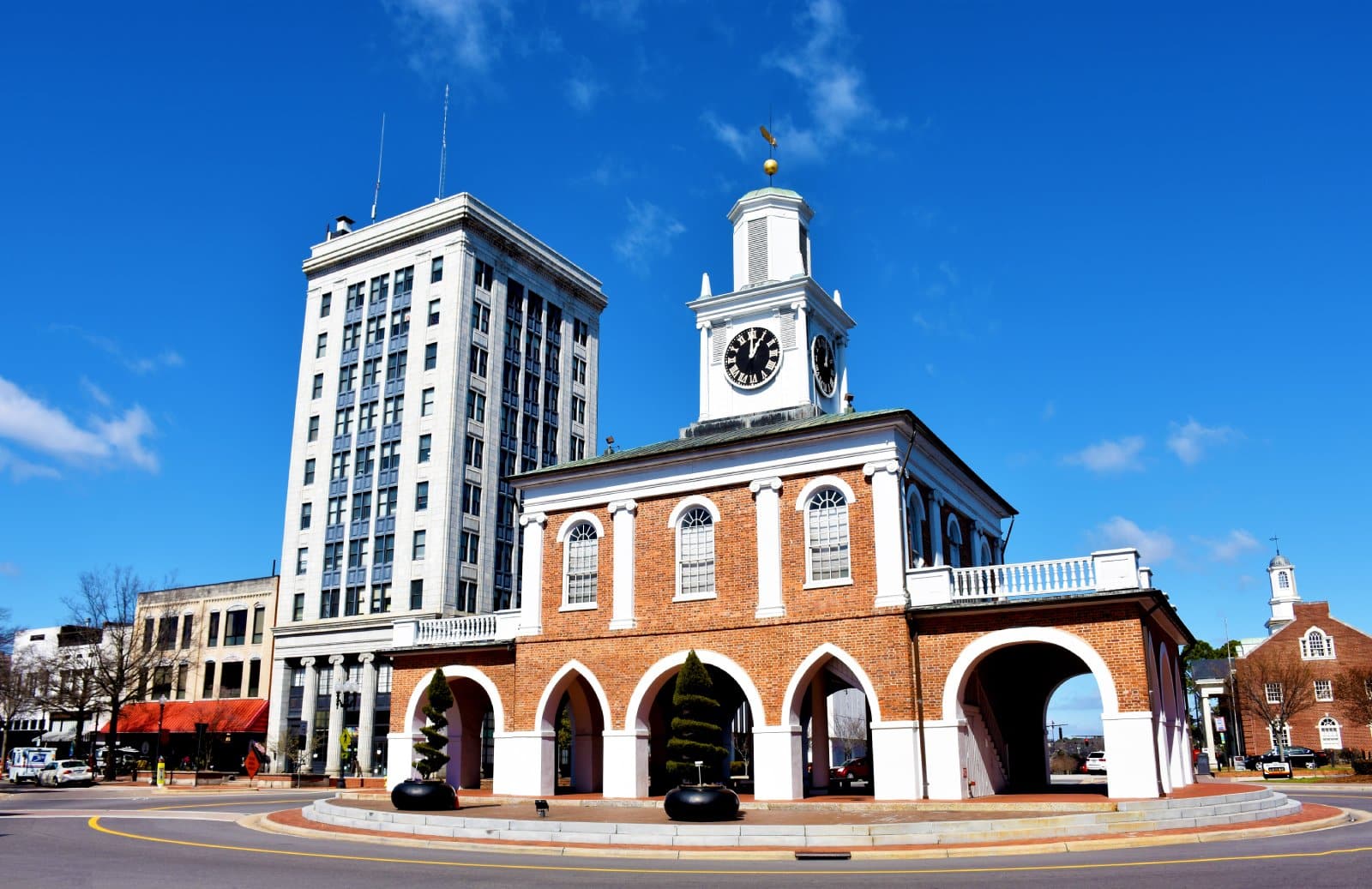
North Carolina faces economic challenges driven by factors such as income inequality, job insecurity, and disparities in educational attainment.
With a median household income of approximately $57,341 and a poverty rate of around 13.6%, the state grapples with persistent socioeconomic inequities.
Efforts to promote job creation, enhance educational opportunities, and address systemic barriers are essential for fostering inclusive economic growth.
#12. Georgia

Georgia’s economic landscape is marked by challenges such as income inequality, limited access to healthcare, and educational disparities.
With a median household income of about $58,756 and a poverty rate of approximately 13.3%, the state confronts obstacles in promoting widespread prosperity and upward mobility.
Investing in education, healthcare, and infrastructure is crucial for fostering inclusive economic growth and improving the quality of life for all residents.
#13. New York

New York faces economic hurdles driven by factors such as high living costs, income inequality, and disparities in educational and healthcare access.
With a median household income of approximately $72,108 and a poverty rate of around 14.0%, the state confronts challenges in addressing socioeconomic disparities and promoting equitable economic growth.
Efforts to expand affordable housing, enhance educational opportunities, and improve healthcare access are critical for fostering inclusive economic development.
#14. California
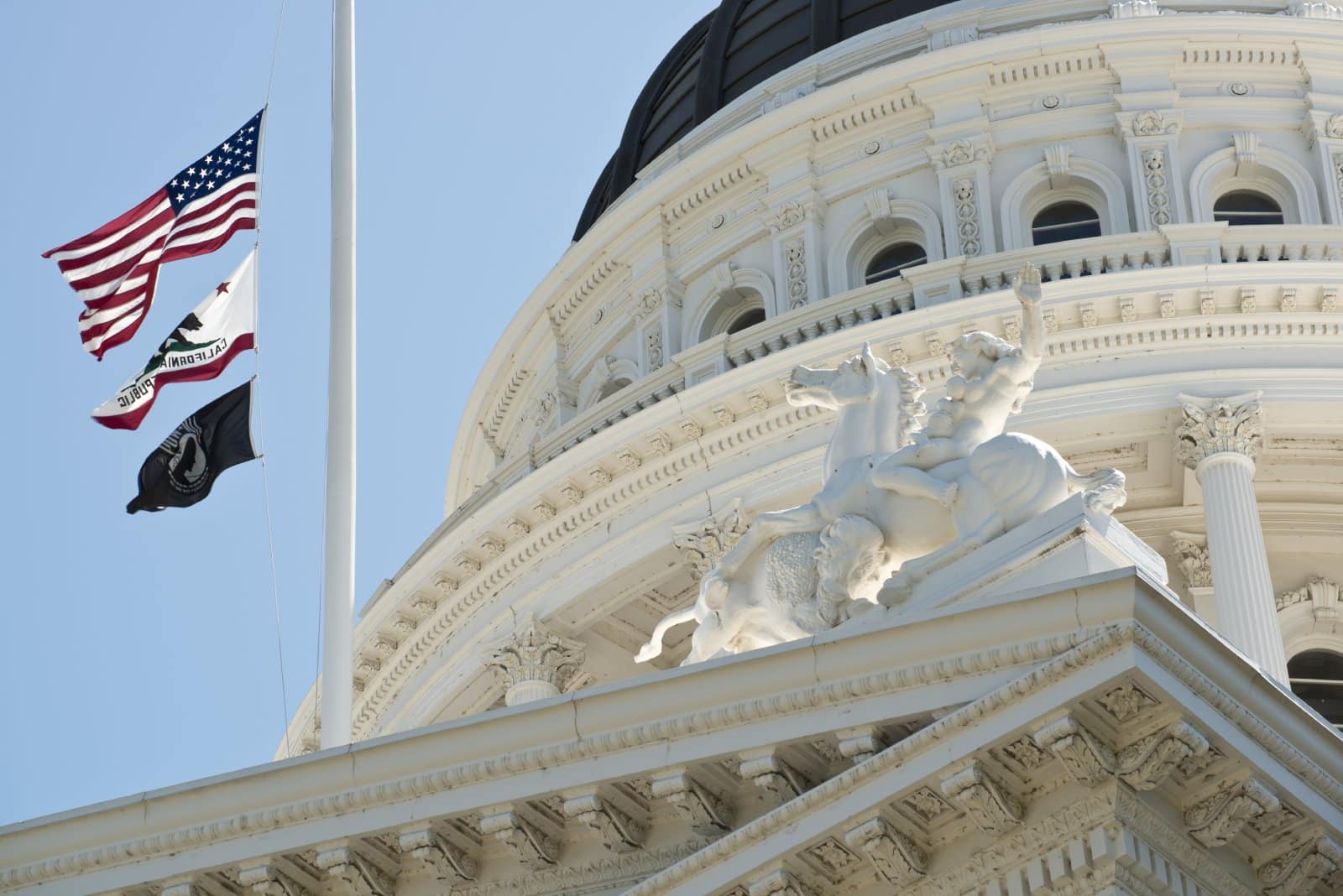
California grapples with economic challenges such as high living costs, income inequality, and disparities in educational attainment and healthcare access.
With a median household income of around $75,235 and a poverty rate of approximately 12.8%, the state faces hurdles in promoting widespread prosperity and upward mobility.
Investing in affordable housing, education, healthcare, and infrastructure is essential for addressing systemic inequities and fostering inclusive economic growth.
The post 14 States with the Lowest Economic Prosperity in America first appeared on Pulse of Pride.
Featured Image Credit: Shutterstock / MSPhotographic.
For transparency, this content was partly developed with AI assistance and carefully curated by an experienced editor to be informative and ensure accuracy.

